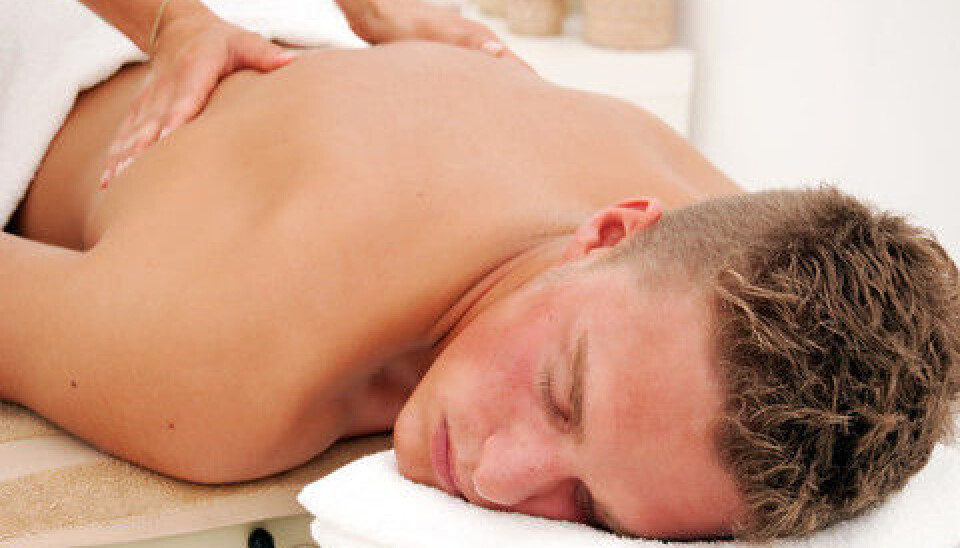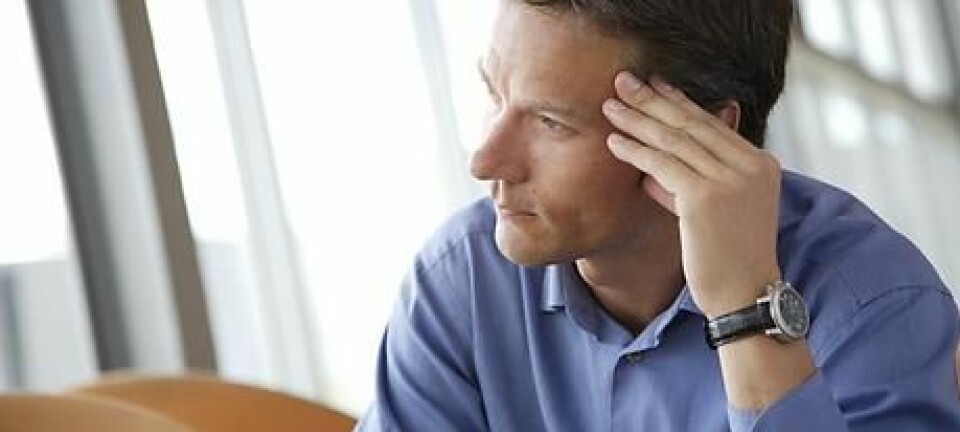
Massages reduce stress and anxiety
Have high blood pressure? Stressed after surgery? New research suggests your doctor could prescribe gentle massage to augment more traditional hospital treatments.
Massage feels good, without a doubt. But does it have therapeutic value above and beyond just making us feel nice?
The answer, according to research conducted at Umeå University in Sweden, is yes. Lenita Lindgren measured blood pressure, glucose and insulin levels before, during and after a specific type of massage, called touch or tactile massage, as part of her PhD research. She also charted the feelings of people who had just been given the massage.
Lindgren concluded that tactile massage can reduce anxiety among patients after they’ve undergone major surgery and also reduce stress in healthy persons. Recipients felt better and more relaxed.
In addition to the improvements reported by study participants, monitoring showed a decrease in blood pressure and participants found it easier to breathe.
Skin contact important

The type of massage that Lindgren tested, tactile massage, does not involve strong pressure or tugging on muscles, but is simply a slow, light, stroking of the skin.
In fact, skin contact appears to be a key aspect of the treatment. The massage was found to be less effective when the masseur wore gloves.
Earlier studies have shown the method has positive effects but researchers haven’t known why.
One of Lindgren's tests involved scanning study participants' brains with a magnetic resonance imaging (MRI) machine. The massage treatment activated a region called the pregenual anterior cingulate cortex.
This part of the brain is linked to sensations of happiness and enjoyment, according to Umeå University in a press release.
Lindgren concluded in her dissertation that touch massage is a beneficial addition to regular treatment for hospital patients.
Touching is now understood to be important in other medical situations, too. Newborns in maternity wards are now placed in their mothers’ arms as soon as possible after birth.
Their own control group
Scientific studies of massages are challenging. For one thing, the massages need to be as uniform as possible.
For Lindgen's study, masseurs were taught how to perform the massage so it could be replicated in study participant after study participant. The masseurs were trained to exert 2.5 newtons of force with their hands, and move at a speed of 1.5 centimetres per second.
Another issue relates to control groups. When a medicine is being tested, a control group can be given a mock pill or dosage. Thus one group gets real medicine and the other gets a placebo and the effects can be compared.
It’s not so easy with a massage. A person knows whether he or she has been massaged. A different type of massage could have been given to some study participants, but there’s no telling whether it too would have an effect. Maybe the alternative massage is even more effective.
When a placebo pill is given, scientists know any effect is generated by the patient’s expectations rather than an objective effect of active medicinal ingredients.
Lindgren neatly solved this problem by using her study participants as their own control group. She thus compared each study participant's results from having a massage with results from when a study participants was merely resting, without any tactile massage.
Translated by: Glenn Ostling







